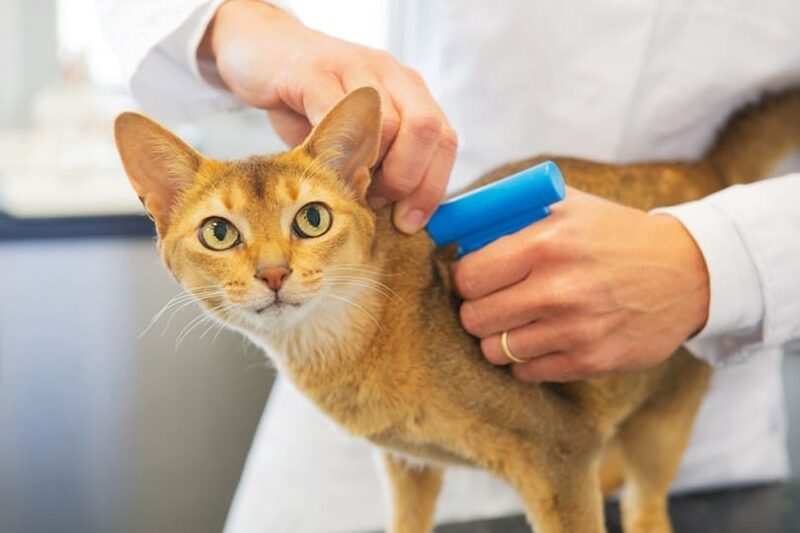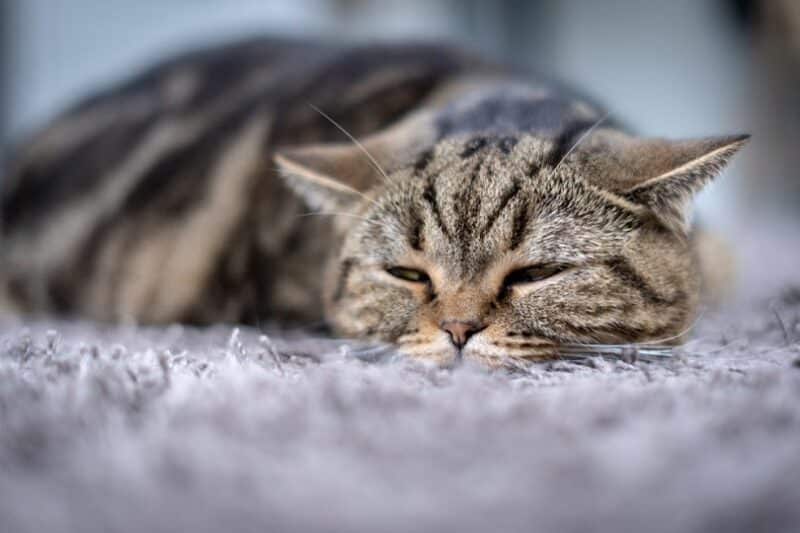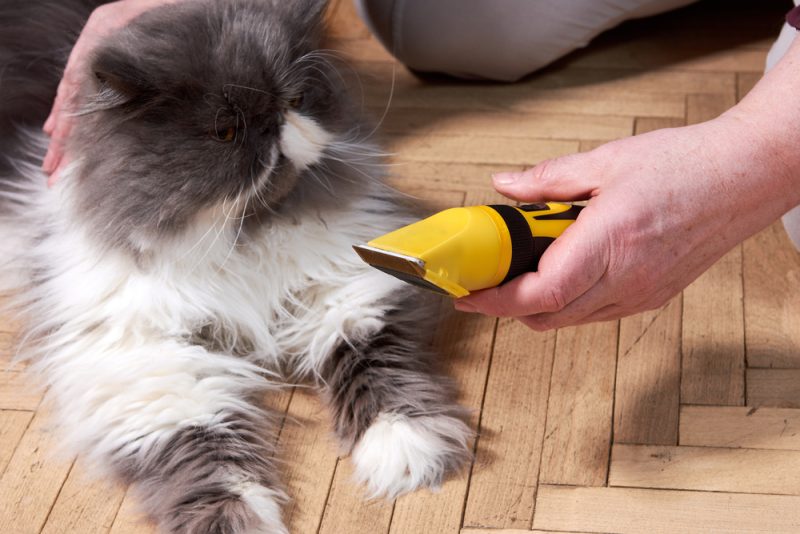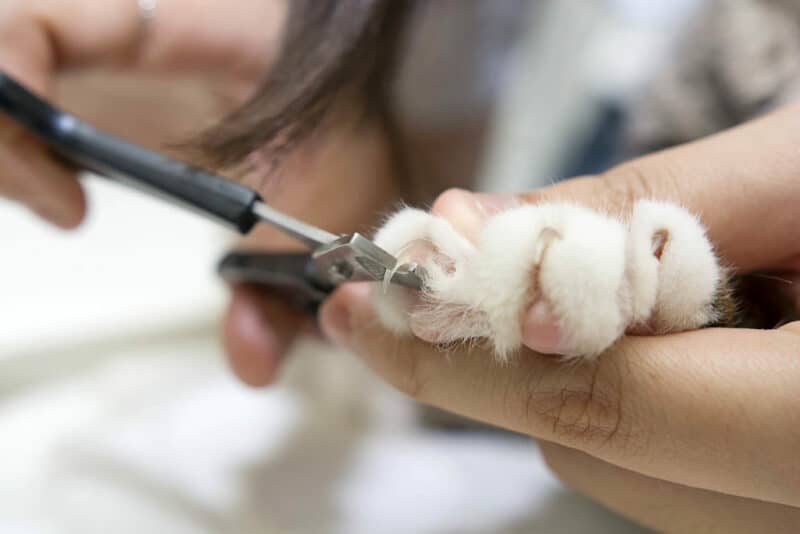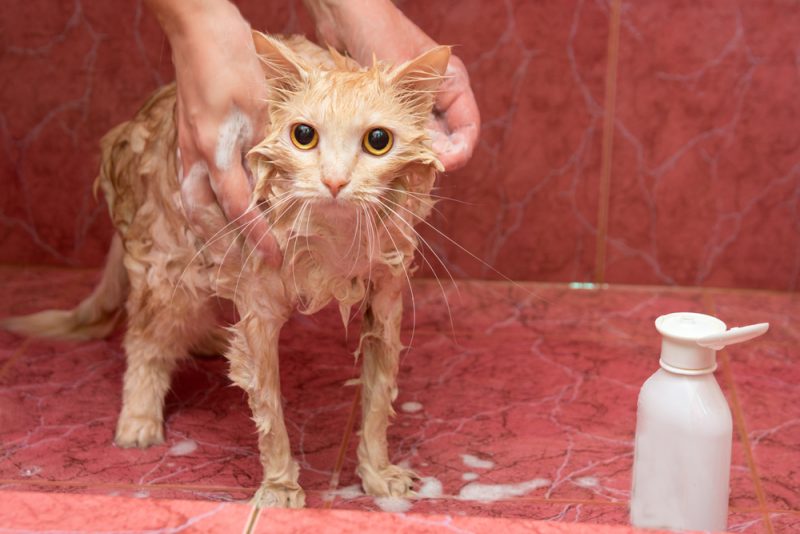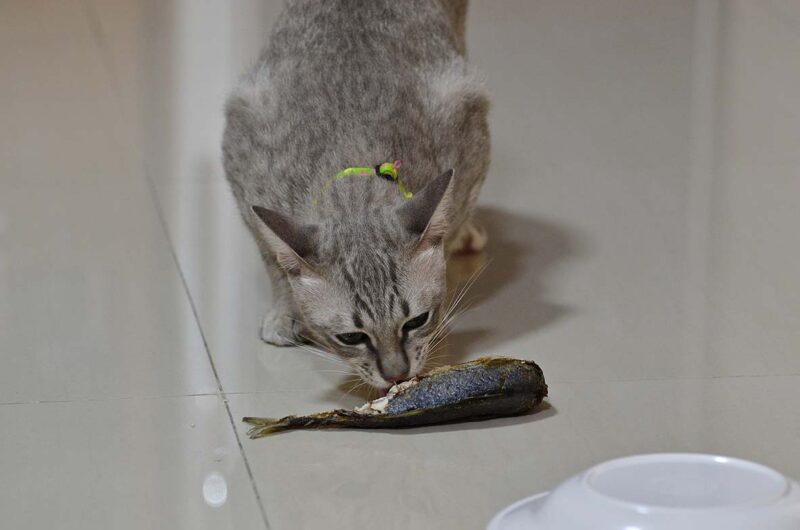These days, microchipping pets is commonplace and beneficial for you and your pet for many reasons. One of the risks of owning pets is that they can get lost, stolen, or otherwise escape from you. Before microchipping, you had to search and hope for the best.
With the help of modern technology, some of those worries can fall by the wayside. But what about the side effects? Are there any? With any change to the body, there are some things you should be aware of, but they are exceptionally rare, and most are entirely harmless. So, let’s talk about five things that can happen when you microchip your cat.

The 5 Possible Side Effects of Microchipping Your Cat
Microchipping your cat is inserting a tiny device under their skin. This is performed by a veterinary professional or a trained individual, depending on particular country and state legislation. In the case of your cat ever getting lost, reading the chip’s number using a particular device and looking up certain databases enables the vet or an animal shelter worker to track the details of your cat, such as your name, address, and phone number, but only if they are kept up to date.
Microchipping cats may be obligatory in some countries or states and is a requirement for pet travel between different countries. This is the unique identification of your animal.
Reputable veterinary organizations, such as the International Cat Care, World Small Animal Veterinary Association (WSAVA), and the American Veterinary Medical Association (AVMA), all agree that microchipping of dogs and cats is safe and very rarely associated with any significant problems when performed by a veterinarian.1 They also state that, of the many millions of animals that have been microchipped, only a tiny proportion have had any type of problem reported, mostly relating to the harmless migration or loss of the chip.
On the other hand, incorrect placement of a microchip by untrained individuals can have severe consequences.
1. The Microchip May Migrate
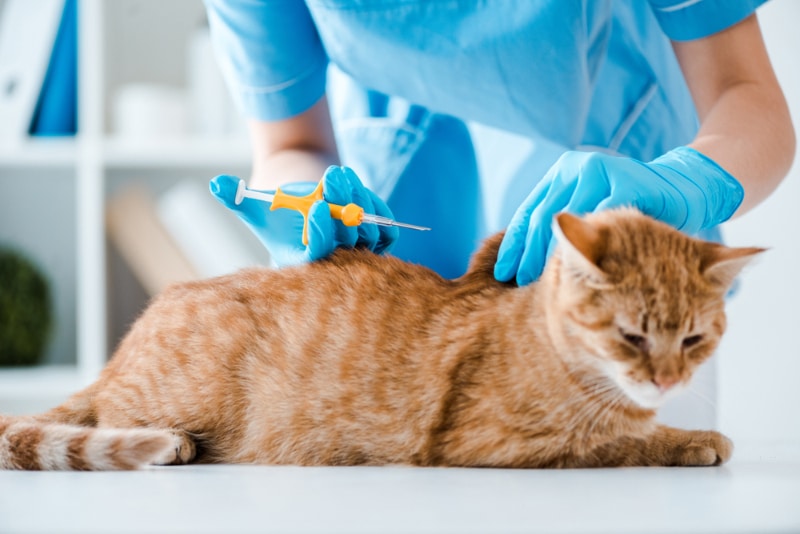
One of the common but generally harmless adverse effects of microchipping is its potential to migrate to another part of the body. If it does, the chip usually moves from the original site of implantation. It can wind up in other places, but it most commonly moves down the cat’s neck or towards the shoulder blades or even legs. Migrating of the microchip accounts for more than 50% of adverse effects.2
While it doesn’t pose much of a hazard to health, it can make it more difficult to find. If your pet is lost, a vet or shelter worker may not detect the chip easily. If your pet is mistaken for a stray, a shelter could rehome them before you can find them.
However, veterinarians and shelter workers are aware of this common potential side effect and will generally scan a wide area or even the animal’s whole body for a microchip. If your cat’s microchip has migrated, the vet may record it in their clinical notes and their passport or other official health certificate documents.
Some owners will have a breakaway collar on their cat that may contain a tag saying they are microchipped, or that provides the owner’s details and telephone number.
2. Possibility of Implantation Reaction and Infection
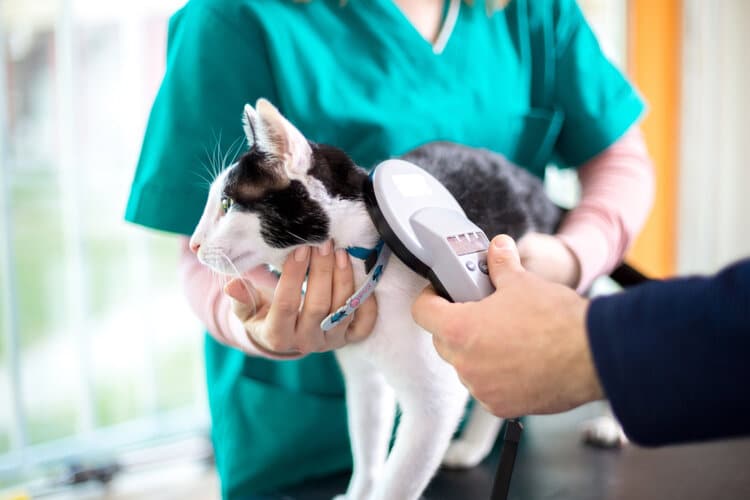
As with any injection, a localized irritation is possible. At the time of implantation, there may be a transient painful response and occasionally a few drops of blood that stop within a minute or two. These are not classed as adverse reactions.
Very rarely, within the first few days to several weeks after microchipping, you may notice inflammation around the area, or a hematoma may form shortly after application. While swelling and infection are very rare, each accounting for 6% of all adverse effects, they can happen.
- Pus
- Oozing
- Drainage
- Redness
- Swelling
According to the BSAVA guidelines, this accounts for a tiny number of cases. If you notice any of those issues, it’s important to contact a vet to address the situation further.
3. Improper Placement of the Chip
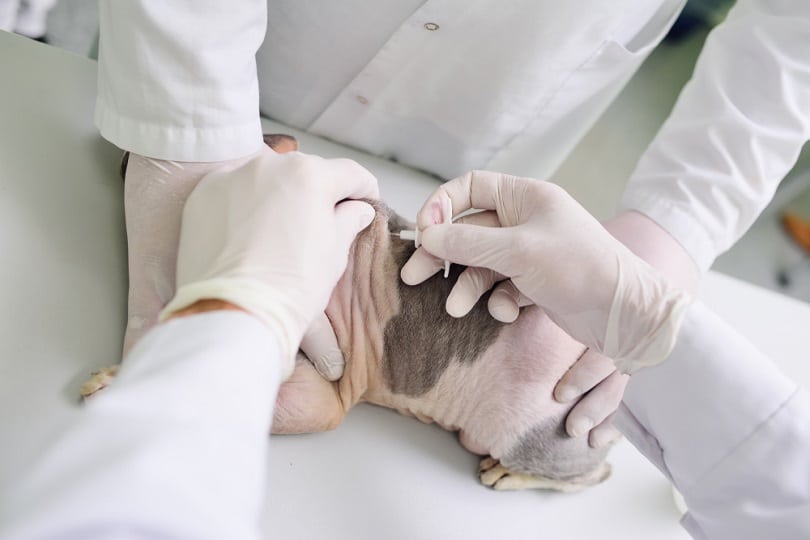
Sometimes, if an untrained person performs the microchipping, they can insert the chip incorrectly. Microchips are implanted between the shoulder blades of an animal under their skin, and this should be performed by a veterinary professional, but it will depend on specific country and state regulations.
If a human error occurs due to improper or insufficient training, excessive animal movement, or poor handling during the procedure due to staff shortages, or in case of a particularly small body weight of the animal, the microchip may end up in the wrong location, which may significantly endanger the pet’s health.
There are a few rare reports in the literature of microchips being implanted very close to the spinal cord in both dogs and cats, leading to severe mobility issues and even paralysis, with pain and swelling at the site of injection. Luckily, this is very rare but shows the importance of a trained veterinary professional performing this procedure.
Alternatively, a chip can come out if it’s improperly inserted. Microchips are about the size of a grain of rice. So, if the person administering the chip inserts it too shallow or in the skin rather than underneath it, it may come out within the first few days. This is uncommon, but it can happen.
4. Microchips Could Malfunction
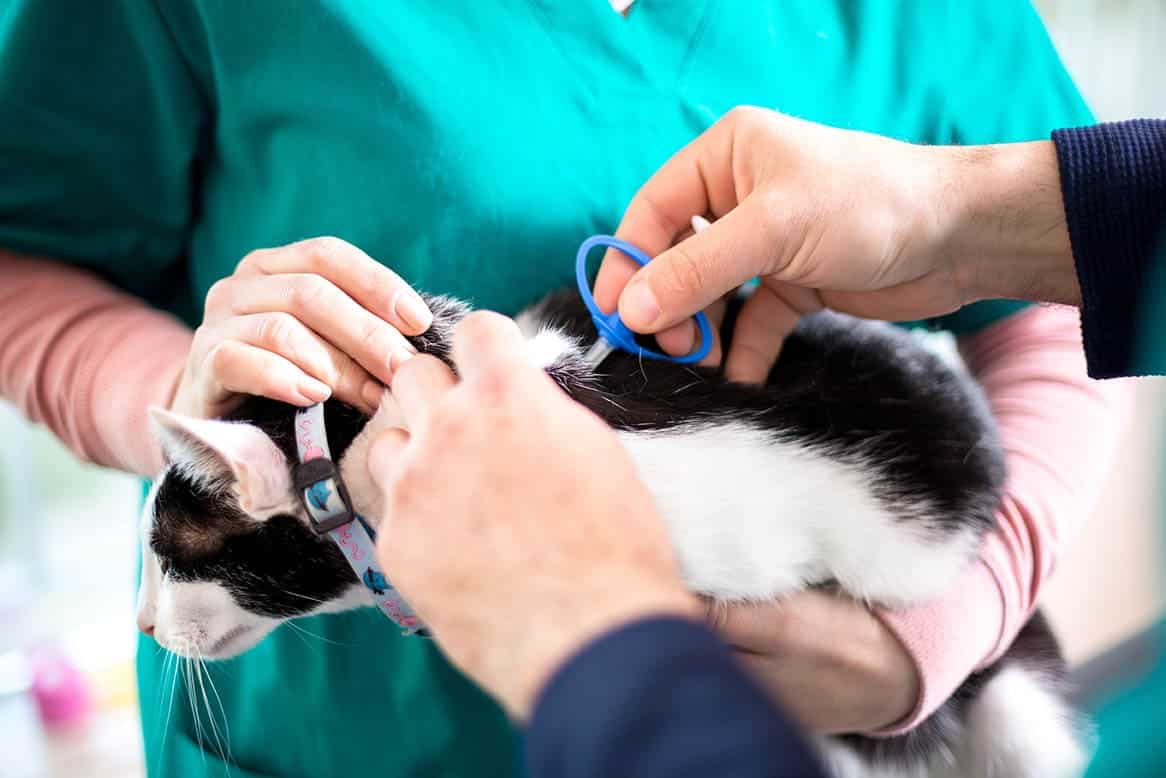
As with any other form of technology, microchips may not work effectively. Whether there is a chip or scanner failure, it may not register how it should. When you take your cat for checkups, you can request that the vet test the chip to see if it works. Some microchips may not work at all or work intermittently. Before they are implanted, the vet will scan them to make sure they are working properly. Loss of the microchip or its malfunction account for around 28% of known adverse effects, according to the previously mentioned statement released from iCat Care.
If the chip has definitely been confirmed as malfunctioned, the vet will place a new working one if this is justified, but the malfunctioning chip is generally left in place if not causing any health issues in order to prevent unnecessary surgery to your cat. Most practices will scan the chip for you free of charge. It’s best to test this occasionally to avoid being unpleasantly surprised later.
5. Insufficient and Exceptionally Rare Claims That Microchips May Pose a Risk of Cancer
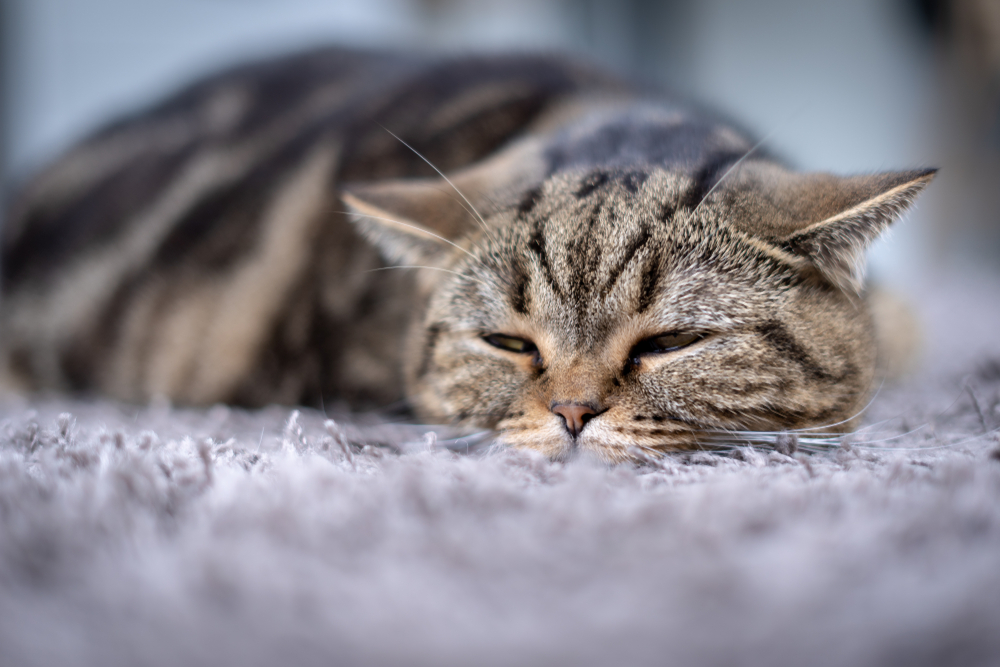
While extremely rare and not definitively linked to the microchip implantation, over the years, there have so far been four reports of tumors at or near the implantation site, according to the International Cat Care organization, in two dogs and two cats. In one case in a cat, all the vaccinations were administered in a different location on the body, while the second case had vaccinations in the same area where the microchip was implanted.
It may be that the vaccination, if applied in the same area at the same or similar time as microchipping, has led to a feline injection site sarcoma, but it can be quite difficult to establish the exact cause. It’s important to note that this type of cancer is recognized to rarely occur with injections, such as the rabies and feline leukemia (FeLV) vaccination.
There haven’t been enough documented cases to reach a definitive answer yet. The World Small Animal Veterinary Association (WSAVA) Microchip Committee has reviewed the available evidence and come to the conclusion that “from the tiny number of such cases reported compared to the huge numbers of animals that have been implanted this effect is extremely small, if it exists at all. The benefits of transponder implantation, backed up with a reliable, accurate and available database, far outweigh this risk.”

To Microchip or Not to Microchip
Now that you know the possible but extremely rare and mainly harmless side effects of microchipping your cat, you must also understand the benefits. Microchips allow animal professionals to track down an owner when the pet is lost. The microchip contains your animal’s unique number.
With a scanner, these chips display the information so a vet clinic or animal shelter can determine which company manufactured the chip. Each company has a registry showing the last known address and phone number associated with the chip.
A microchip is not a GPS, meaning it does not track your pet, but it can help your cat come home faster if they wind up at a vet clinic or shelter. Annually, over 6 million dogs and cats become homeless. With the advancements in microchipping, these numbers are beginning to decrease dramatically.
The risks of microchipping are incredibly low, and they work very well to reunite beloved pets with their families. Many cat owners would agree that having the peace of mind of the microchip is worth any rare and mostly harmless side effects. Speak to a vet if you have any concerns about microchipping your cat.
If you need to speak with a vet but can't get to one, head over to PangoVet. It's an online service where you can talk to a vet online and get the advice you need for your pet — all at an affordable price!

Additional Tip
The microchip links contact information for a current owner. If you don’t keep up with your address and phone number, no one can contact you about your missing cat unless your pet has tags or the former owner or breeder gives them your details.
Remember that microchips are not a substitute for pet tags or GPS devices. However, if your pet is lost at some point with no identification, it is a wonderful backup.
Some companies may charge a fee if your contact information changes, but it’s never much. It’s a small price to pay for the well-being of your cat.

Final Thoughts
If you are still swaying between the positives that far outweigh the very few potential and rare negatives of microchipping, consider speaking to a veterinarian for further advice. They can address your concerns directly and give beneficial information about the technicalities.
In any case, microchipping your cat can alleviate a lot of stress. You won’t have to worry about losing your pet indefinitely if they wander away. A microchip may be the saving grace that reunites you with your cat one day.
See Also:
- Cat Breeds That Get Stolen Most Often (With Pictures)
- How to Protect Your Cat from Being Stolen (10 Tips & Tricks)
Featured Image Credit: Ivonne Wierink, Shutterstock
